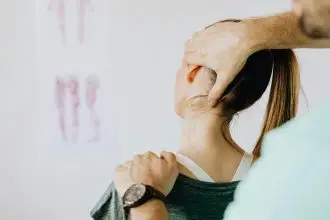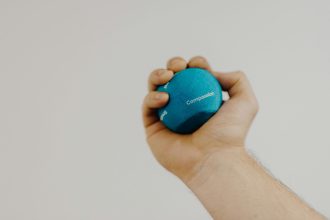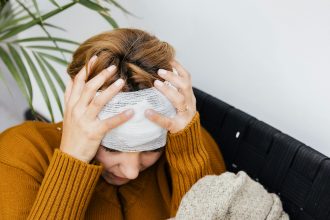Recovery after a brain injury is often a long journey, and many survivors look for additional ways to support their healing beyond standard rehabilitation. Alongside physical, occupational, speech, and cognitive therapies, some turn to complementary therapies—approaches that focus on the whole person, aiming to improve well-being, reduce stress, and ease symptoms.
Complementary therapies do not replace medical care, but when chosen carefully, they can provide valuable support. By addressing the physical, emotional, and spiritual aspects of recovery, these therapies often give survivors a greater sense of control and comfort during rehabilitation.
What Are Complementary Therapies?
Complementary therapies include practices and treatments used alongside conventional medicine. They may involve physical approaches like massage or acupuncture, mind-body practices such as meditation, or lifestyle-based methods like nutrition and yoga.
While the evidence for some of these approaches is still developing, many survivors report improvements in mood, stress, and quality of life. Some therapies may also help with pain, sleep, or attention when integrated into a broader care plan.
Mind-Body Therapies
Mind-body approaches aim to strengthen the connection between the brain, body, and emotions. Meditation and mindfulness practices, for example, can reduce stress and improve focus, helping survivors manage anxiety and mood swings. Yoga and tai chi combine gentle movement with breath control, promoting balance, flexibility, and relaxation.
Guided imagery and breathing exercises are simple, low-cost practices that can be done anywhere. These approaches may not directly heal the brain, but they create conditions that support recovery by lowering stress and improving resilience.
Physical and Manual Therapies
Some survivors explore physical therapies such as massage, chiropractic care, or acupuncture. Massage may help reduce muscle tension, ease headaches, and promote relaxation. Acupuncture, a practice rooted in traditional Chinese medicine, has been studied for its potential benefits in managing pain, spasticity, and mood. Chiropractic adjustments are more controversial and should be approached cautiously, particularly in cases involving neck injuries.
Before starting any physical or manual therapy, survivors should consult their healthcare providers to ensure safety, especially if they have fractures, implants, or instability from their injury.
Creative and Expressive Therapies
Art therapy, music therapy, and dance movement therapy are increasingly recognized as supportive tools in brain injury care. These therapies provide nonverbal outlets for expression, which can be especially valuable for survivors with speech or language challenges.
Music therapy has been shown to improve mood, memory, and even motor recovery in some patients. Art therapy provides a way to process emotions, reduce anxiety, and reconnect with identity. These therapies often complement formal rehabilitation by engaging the brain in creative, rewarding ways.
Nutritional and Lifestyle Approaches
Nutrition plays an important role in brain health. While no specific diet cures brain injury, eating balanced meals rich in fruits, vegetables, whole grains, and omega-3 fatty acids supports overall recovery. Some survivors also explore supplements such as fish oil, turmeric, or vitamins, though the evidence for these is mixed and professional guidance is essential to avoid drug interactions.
Lifestyle-based complementary approaches also include sleep hygiene, stress reduction, and gentle exercise—all of which are fundamental to recovery.
Emerging and Alternative Options
Other therapies sometimes explored include hyperbaric oxygen therapy (HBOT), craniosacral therapy, and herbal medicine. Some survivors report improvements, but scientific evidence is still limited or inconclusive. Because these treatments may be costly and are not always regulated, families should carefully weigh the risks and benefits, ideally discussing them with a trusted medical provider.
Safety Considerations
Complementary therapies can offer comfort, but they must be used wisely. Not every therapy is safe for every survivor, particularly those with seizures, mobility issues, or other medical complications. Survivors should always inform their healthcare team before starting a new therapy to prevent interactions with medications or rehabilitation plans.
A good rule of thumb is that complementary therapies should “complement” rather than replace standard medical care. When chosen thoughtfully, they can expand the tools available for healing.
Conclusion
Complementary therapies provide survivors of brain injury with additional ways to support recovery, reduce stress, and improve quality of life. From mindfulness and yoga to art and music therapy, these approaches often address the emotional and spiritual sides of healing that traditional rehabilitation may overlook.
While research is still growing, many survivors find these therapies to be meaningful companions to their medical care. With proper guidance and safety precautions, complementary therapies can enrich the recovery journey, offering new paths to resilience and well-being.







